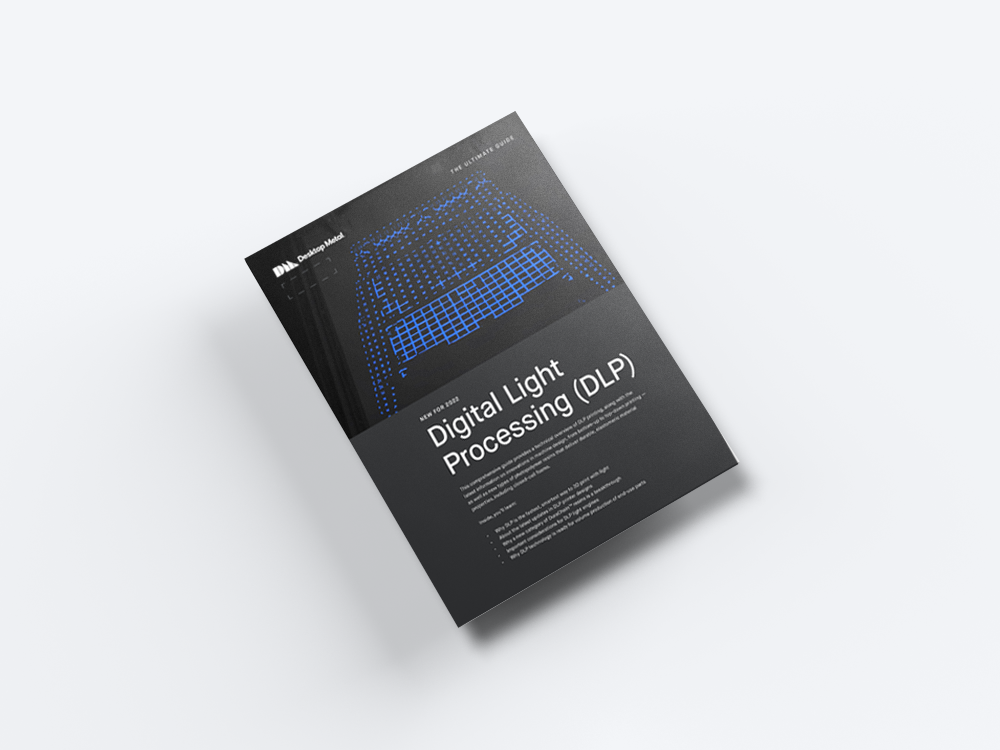5 Ways DLP Works

Data Loss Prevention (DLP) is a critical component of any organization’s cybersecurity strategy, designed to protect sensitive information from unauthorized access, use, or distribution. At its core, DLP is about ensuring that sensitive data, whether it’s financial information, personal data, or intellectual property, is handled in a way that prevents its loss or theft. But how does DLP work? Here are five key ways DLP operates to safeguard your data:
1. Data Discovery and Classification
DLP starts with identifying and categorizing data within an organization. This involves scanning various data storage locations, including databases, file servers, emails, and endpoint devices, to pinpoint sensitive information. Once identified, this data is classified based on its sensitivity level, such as public, internal, confidential, or restricted. This classification is crucial because it helps in applying the appropriate level of protection and access control. For instance, a financial report might be classified as confidential and thus subject to stricter access controls and monitoring than a public press release.
2. Monitoring and Analysis
After data is classified, DLP solutions continuously monitor data in motion (being transmitted over the network), data in use (being accessed or modified), and data at rest (stored in databases or on devices). This monitoring involves analyzing data transactions to detect any potential security breaches or data leakage attempts. Advanced DLP solutions use machine learning and behavioral analysis to identify unusual patterns of behavior that might indicate a data leak or theft attempt. For example, if an employee who typically doesn’t access customer databases suddenly starts downloading large amounts of customer data, DLP can flag this activity for further investigation.
3. Policy Enforcement
Based on the classification and monitoring, DLP solutions enforce policies to prevent data loss. These policies can dictate actions such as encrypting sensitive data, limiting access to authorized personnel, or completely blocking certain types of data transfers (e.g., preventing the upload of confidential documents to cloud storage services). Policies can also be tailored to comply with regulatory requirements, such as GDPR or HIPAA, ensuring that an organization’s data handling practices meet legal standards. Enforcement can be automated, reducing the reliance on manual intervention and minimizing the risk of human error.
4. Incident Response and Remediation
Despite best efforts, data incidents can still occur. DLP solutions play a critical role in detecting incidents quickly and providing the necessary tools for an effective response. When a potential data leak is identified, DLP can alert security teams, providing them with detailed information about the incident, such as the type of data involved, the user responsible, and the method used to attempt the leak. This rapid detection and response capability can significantly reduce the impact of a data breach. Remediation steps might include locking down user accounts, isolating affected systems, or remotely wiping data from stolen devices.
5. Reporting and Compliance
Finally, DLP solutions offer comprehensive reporting capabilities to help organizations demonstrate compliance with regulatory requirements and internal policies. These reports can detail data access attempts, incidents of data leakage, and the actions taken to prevent or remediate these incidents. For compliance purposes, having a clear audit trail of all data activities is essential. It not only helps in meeting legal obligations but also in identifying areas for improvement in data security practices. Regular review of DLP reports can inform policy updates and training programs, ensuring that an organization’s data protection posture continues to evolve and strengthen.
What is the primary goal of Data Loss Prevention (DLP) solutions?
+The primary goal of DLP solutions is to protect sensitive information from unauthorized access, use, or distribution, thereby preventing data loss or theft.
How do DLP solutions classify data?
+DLP solutions classify data based on its sensitivity level, such as public, internal, confidential, or restricted, to apply the appropriate level of protection and access control.
What is the role of monitoring and analysis in DLP?
+Monitoring and analysis in DLP involve continuously scanning data transactions to detect potential security breaches or data leakage attempts, using techniques such as machine learning and behavioral analysis.
How do DLP solutions enforce policies?
+DLP solutions enforce policies by dictating actions such as encrypting sensitive data, limiting access to authorized personnel, or blocking certain types of data transfers, based on the classification and monitoring of data.
What is the importance of reporting and compliance in DLP?
+Reporting and compliance in DLP are crucial for demonstrating adherence to regulatory requirements and internal policies, providing a clear audit trail of data activities, and identifying areas for improvement in data security practices.
In conclusion, DLP is a multifaceted approach to data security that involves discovery, monitoring, policy enforcement, incident response, and compliance reporting. By understanding and implementing these different facets of DLP, organizations can significantly enhance their ability to protect sensitive information and ensure the continuity of their operations. Whether through the prevention of data leaks, the compliance with regulatory standards, or the maintenance of customer trust, the effective use of DLP solutions is now more critical than ever in the digital age.



